Sunshine on my breakfast plate and sips of hot cacao tea down my throat provided the much needed warmth on that chilly morning. It was our first day in Cusco, Peru.
As we sat by the window at that breakfast restaurant, I looked out onto the street. What I observed is a busy city life, but on the canvas of cobblestone streets lined by Spanish colonial architecture. I was already fascinated.
Over the next few days, we explored this town in the Andean region of Peru, and still craved to return some day.
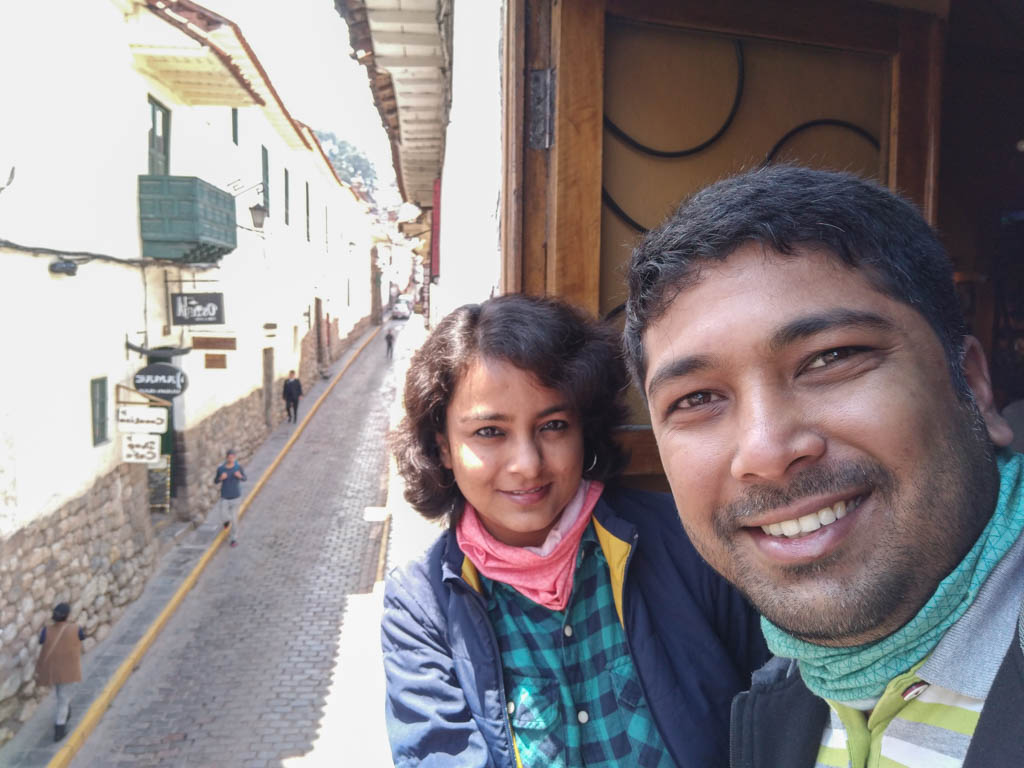
Things to do in Cusco
Cusco, an important city in South America, is also the main base for exploring the fascinating world of the Incas. We collaborated with some of our fellow travel bloggers to create this list of the best things to do in Cusco.
In this article, we will be covering not just places to see in the main city, but also hikes you can do from Cusco as well as other sights you can visit from Cusco.
Drink Cocoa Leaf Tea
Cusco is situated at an altitude of 11,152 feet ( 3,399 meters). Some people develop AMS (Acute Mountain Sickness) symptoms when suddenly exposed to such a high altitude. From our personal experience of traveling to many high altitude places, the best way to tackle this is acclimatization.
So, before you start ticking off your Peru bucket list items, allow yourself the time to get acquainted to the altitude. Reserve a day or two to relax and take it slow in Cusco. One of the recommended ways to deal with Cusco’s altitude is to drink a lot of cocoa leaf tea. Get yourself a few cups before and during diving into the things to do in Cusco.
Cusco Cathedral
Contributed by: Contributed by Kenny of Knycx Journeying. You can also find him on Instagram.
Cusco is a gateway that connects the world with Machu Picchu. The classic route for tourists is to spend three days in Lima, get introduced to the Peruvian culture, and then take a deeper dive into the country’s past as Cusco has a number of heritage sites left by both the Incas and the Spanish.
Plaza de Armas is an excellent starting point for your city tour. It is Cusco’s focal point that could be easily spotted and recognized from any viewpoint of the surrounding mountains. If you go high enough, you will see a landmark in the heart of the plaza shaped like a giant cross, the Cusco Cathedral. Built between 1560 and 1664, the cathedral was designed in a Gothic-Renaissance and Baroque architectural style on the foundation of an ancient Inca temple Kiswarkancha, using rocks taken from the citadel of Sacsayhuamán.
While the original temple was unfortunately destroyed, the cathedral has kept some impressive features both inside and out. The giant bell at the top of the cathedral was installed in the 17th century, and its sound can, allegedly be heard in a distance of over 30 km.
Inside the Cathedral
Inside the cathedral is displayed an interesting artwork, The Last Supper, created by a local artist, Marco Zapata. The painting depicts the scene of Jesus Christ’s last supper, a biblical incident that sounds common, only the artist added an unusual dish – a guinea pig, a traditional food in Peru, at the center of the dining table.
In the center of the hall stood a wooden crucifix statue, the Lord of the Earthquake, which is completely blackened. The color was the end result of both the soot of candles and oil lamps and the pigment from the pollen of flowers that were thrown on it during ceremonies for hundreds of years.
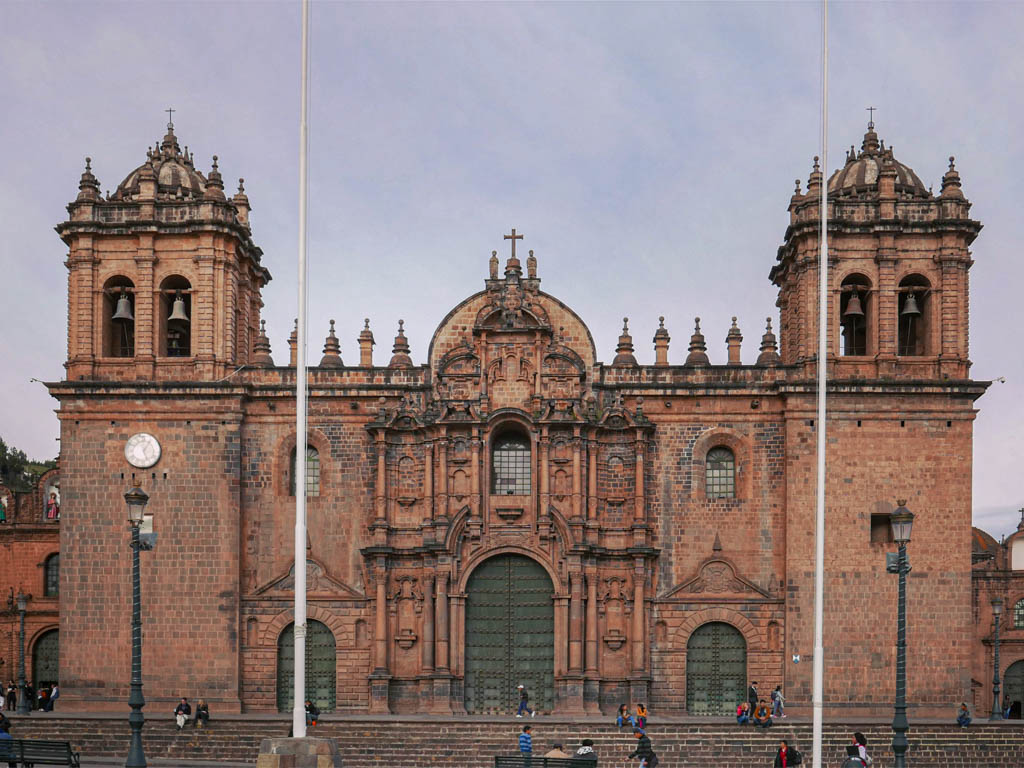
Sacsayhuaman Fortress
Contributed by: Rhonda Krause of Travel? Yes Please!. You can also find here on Facebook.
One of Cusco’s top attractions is the Sacsayhuaman fortress, an impressive Inca site built on a plateau above the city.
At one point, Sacsayhuaman was a sprawling fortress-temple complex with several sections that served different purposes. Although it now stands in partial ruin, visitors can still see the great plaza and its terraced walls.
The three levels of walls at the fortress are a remarkable example of the masonry work the Incas were known for. Huge stones were cut so precisely that they achieved a tight fit without mortar, even though the rocks had irregular shapes. Just as notable is how the stone walls have rounded corners and lean slightly inward.
To visit the fortress, you need to purchase a tourist ticket at the entrance. Keep this ticket in a safe place because it includes admission to several other interesting archaeological sites in the Cusco area.
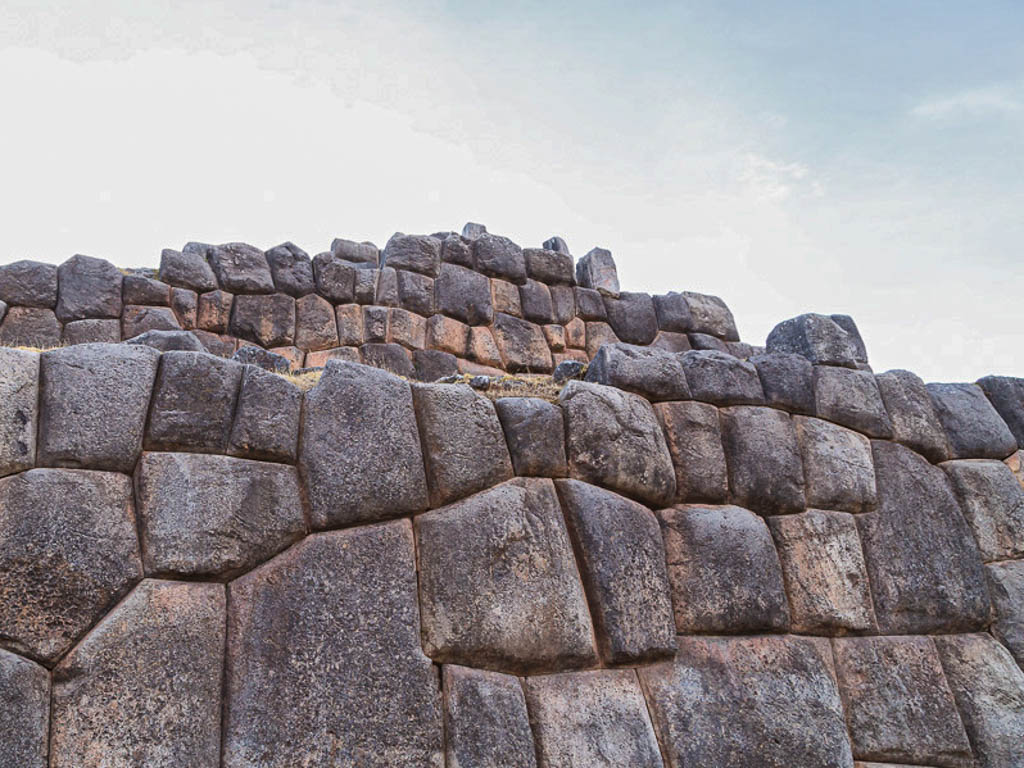
Hike Cerro Picol
Contributed by: Megs from Packing up the Pieces. You can also find here on Facebook.
One of the best things to do in Cusco is to climb up the towering mountain peak, Cerro Picol. Although the mountain sits on the outskirts of town, it is still easy to reach via public transportation or an inexpensive taxi.
At an impressive height of almost 14,500 feet, Cerro Picol is a full-day climb and Cusco’s tallest point within the city limits. The trailhead begins in the lovely Santa Maria Forest. It continues uphill to a large cross, that quite possibly boasts of the best views, and most certainly the highest in all of Cusco.
Adventure seekers may wish to continue further on the path and take the 40 minute scramble up to the actual “peak.” The path is narrow and the drop-offs are steep. Upon reaching the peak, appreciate the incredible 360° panoramic view of the Imperial City of Cusco and the glacial covered peaks of the nearby Sacred Valley. Due to visibility and safety, it is best to hike up Cerro Picol during the dry season.
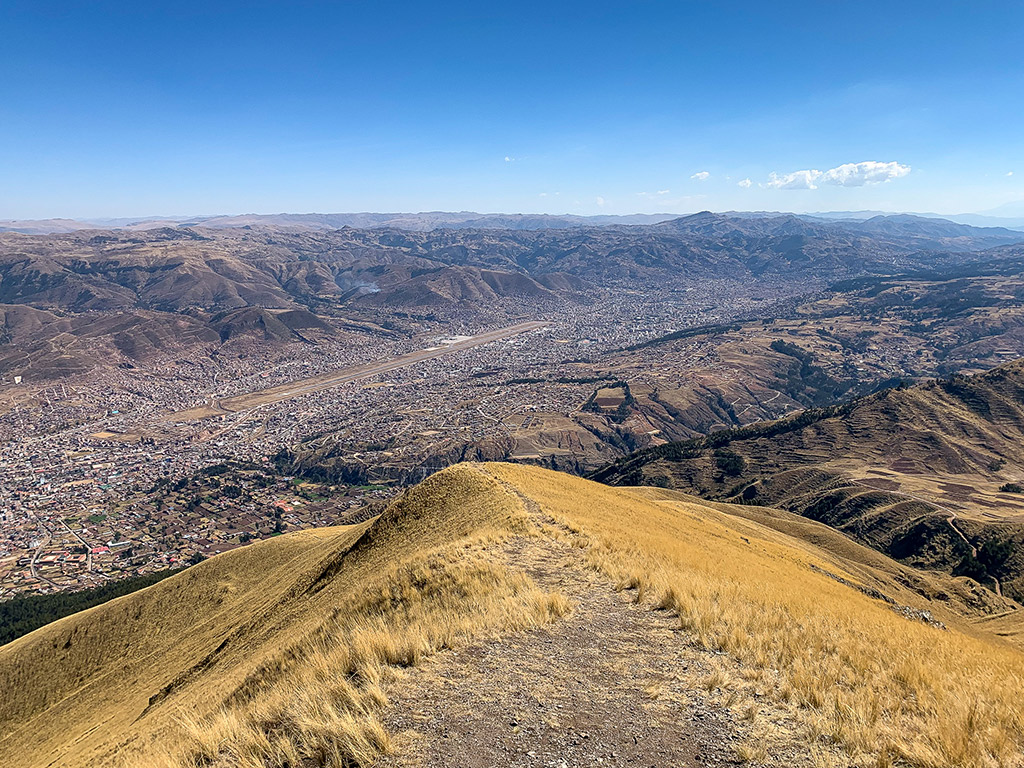
Get Lost In San Blas
Contributed by: Sharon of Baby Journey. You can also find here on Facebook.
Cusco is full of fun things to do but if there is one that stood out to me among the rest, it was exploring San Blas.
San Blas is a neighbourhood in Cusco. It is known as an artist’s neighborhood and lies just to the north east of Plaza de Armas. It has strong colonial architecture influences and is quite different from the rest of Cusco. Many walls are white washed and doors painted blue and I felt more like I was exploring the Greek Islands than the middle of Peru.
The neighbourhood is made up of narrow passageways without cars and it is an absolute delight to wander around here. That is mainly because although the parts closest to Plaza de Armas can be popular and are filled with restaurants, bars and shops, you do not have to wander far before you seem to leave all the tourists behind you. It is easy to walk around the passageways and feel a world away and like you have come to Cusco before the masses.
To find San Blas, simply take any of the streets north of the main plaza and keep walking up. You will know when you are there.
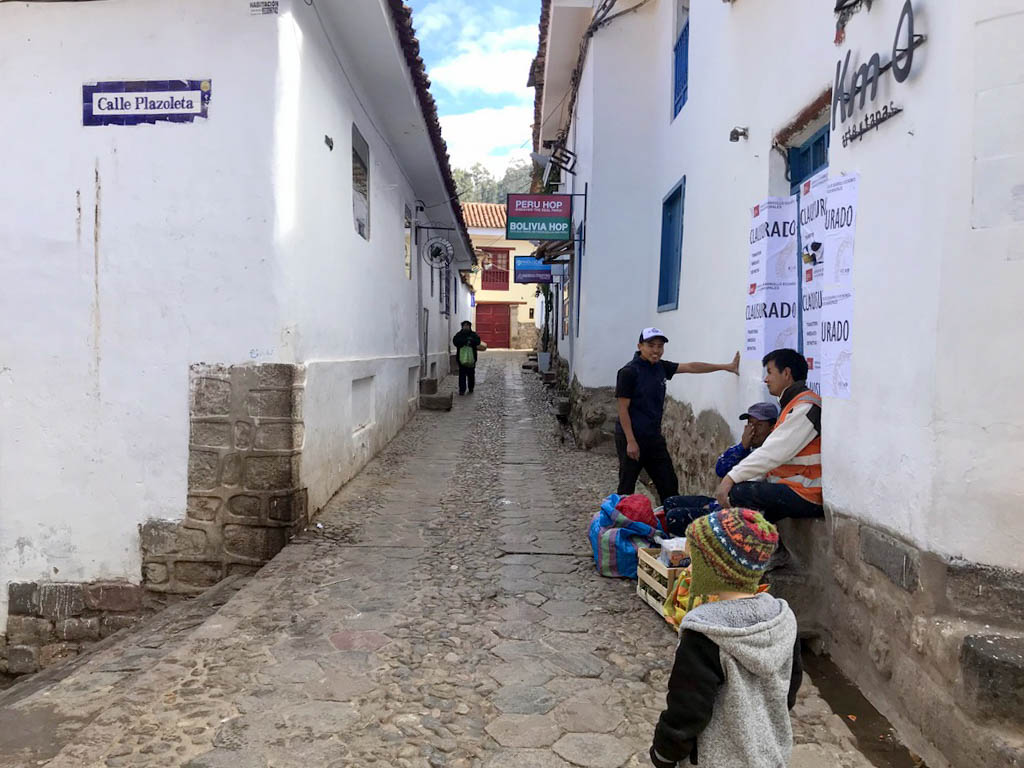
Koricancha: The Golden Temple
Contributed by: Chisom Evare of The Awesome Traveler Blog. You can also find him on Pinterest.
Koricancha means “Golden Temple” in Quechua and history has it that this marvelous structure was packed full of gold which was carved into various objects of nature. Of course, that was before the Spanish interference.
You would be wrong to think that the temple of the sun is just another tourist destination for sightseeing. This place was built for Init, the Sun God. So yes it is a big deal with mind blowing history and objects worth seeing.
You can check out the temple that honors the sun, the sanctuary of rainbow, the hall of sacrifices, the site of the stars, the place dedicated to thunder and lightning, the sacred garden, the second sacred alleys and many other places.
The temple structure is anti-seismic, built with stones so perfect, you would wonder if they had machines. A ticket to the attraction costs 5 dollars. The place is open between 8:30 am and 5:30 pm, from Monday to Saturday.
Koricancha is an experience. Relish it before you start planning for other road trips from Cusco.
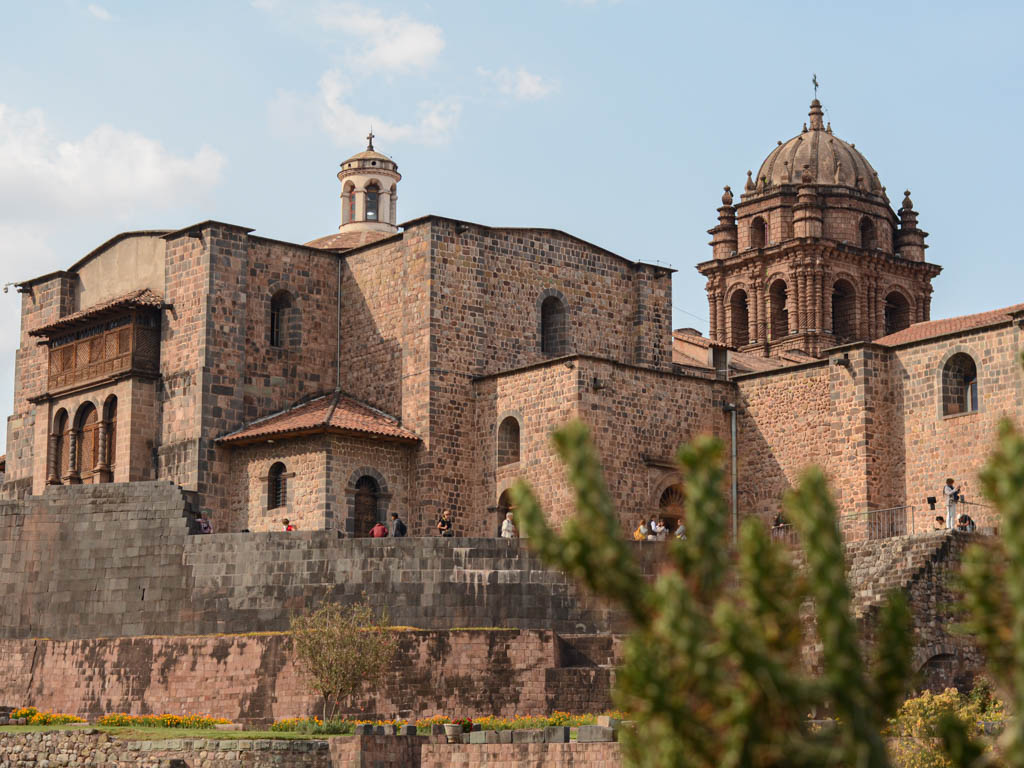
Cusco Planetarium
Contributed by: Clotilde from A Princess Travelling With Twins. You can also find her on Instagram.
One amazing activity that many people miss while visiting Cusco is the visit to the Planetarium. Cusco Planetarium is located just outside the city and despite being a small, family-run facility, it offers an engaging two hour visit.
The visit begins with an interesting explanation of the interpretation of Incan Astrology and how the stars were used in daily life from weather forecasting to designing the Cusco street plan. Then you enter the small dome where the projection of the constellations accompanied by the knowledgeable explanations of an astronomer will have you nose up and fascinated for about twenty minutes.
The final part takes place outdoors where, while you keep warm with tea, you can use three powerful telescopes to admire stars, planets, and nebulae supported by the team of astronomers.
Tickets must be purchased in advance online as only a limited number of people can participate. On the day of your visit you will find two or three people waiting for you in the center of Plaza Rejocito, near the fountain. From there they will take you to organized taxis waiting a few minutes away, which will take you to the Planetarium in about a quarter of an hour.
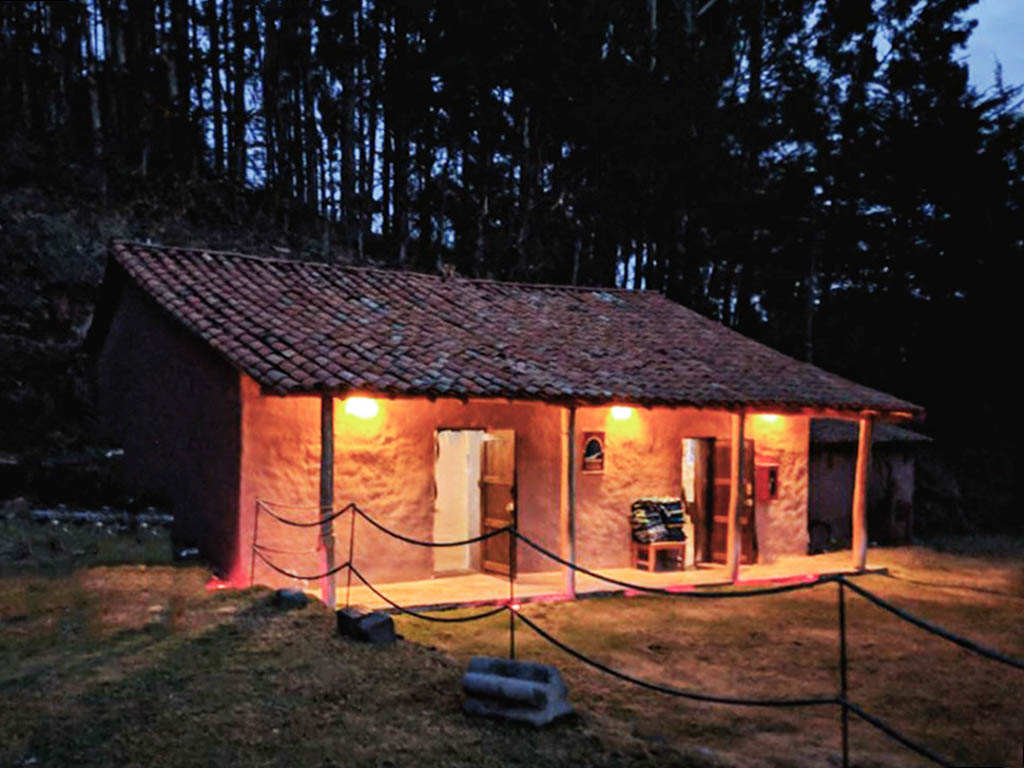
Pisco Museum
Contributed by: Jeanine Romo of Le Wild Explorer. You can also find here on Instagram.
There are many fun things to do in Cusco and if you enjoy sampling spirits, a visit to Museo del Pisco (Pisco Museum) is a must. Pisco is a brandy spirit that is primarily made in Peru and Chile. The Pisco Sour is a Peruvian take on the Whiskey Sour and is Peru’s national cocktail. At the Museo del Pisco, you can sample a flight of piscos or go behind the bar and learn how to make your very own Pisco Sour. The bartender at the Museo del Pisco will walk you through their Pisco Sour recipe and help you create a cocktail for you to enjoy.
This is an interactive experience that you can enjoy for years to come. It is a great way to spend a rainy day as the weather in Cusco can be quite wet for half the year. And it is perfect for any cocktail connoisseur. Enjoy every sip at the Museo del Pisco.

Qenko
If you like exploring archaeological sites, check out Qenko, located not too far from Sacsayhuaman. This Cultural Heritage site lies around 6 km to the east of Cusco city.
Many parts of the site were destroyed by the Spanish, like other Incan creations. But you can still see the ruins of a stone altar, a large amphitheater and an underground network of passages.
Qenko is believed to have been a site for sacrifices for Incan ceremonies. It derived its name from the word ‘Quechua’, meaning labyrinth, probably due to the underground passageways.
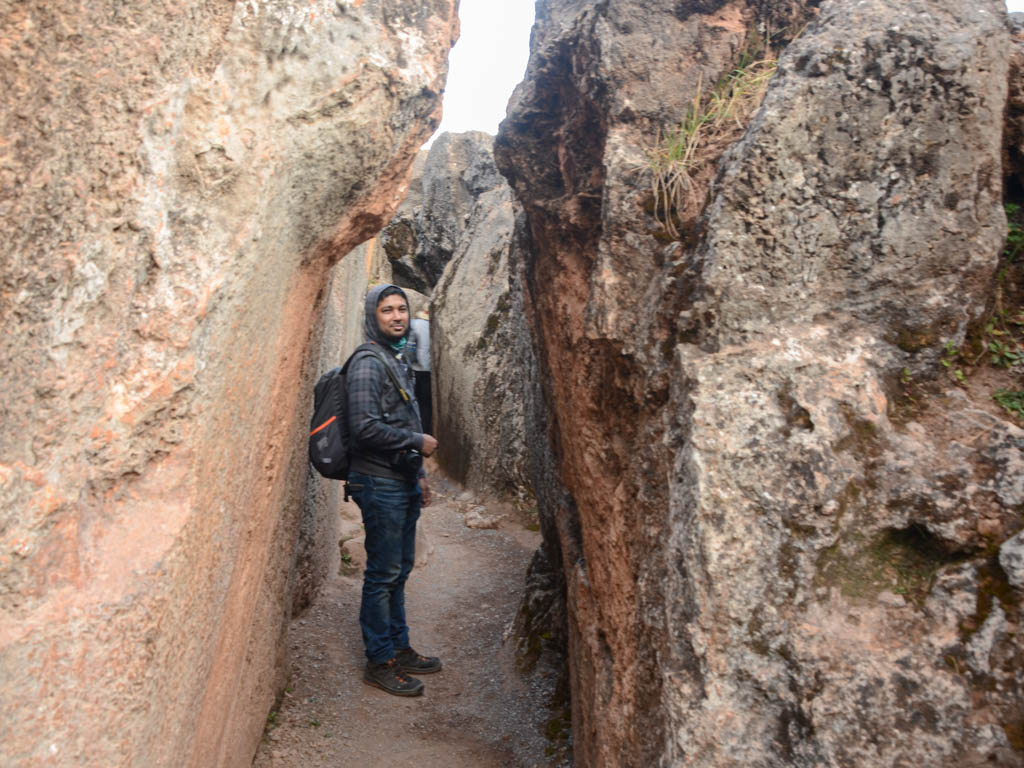
Puka Pukara
Puka Pukara is another Incan ruin, located about 11 km from Cusco. In Quechua language, Puka Pukara means red fort. The site gets its name due to the pinkish taint the stones develop due to the sunlight.
This archaeological site is situated at the farthest end of Cuso limits. Puka Pukara fort worked as Cusco’s stronghold and was a part of the Incan defense system.
Apart from the historic importance, you also get to enjoy beautiful views of Cusco city from Puka Pukara.
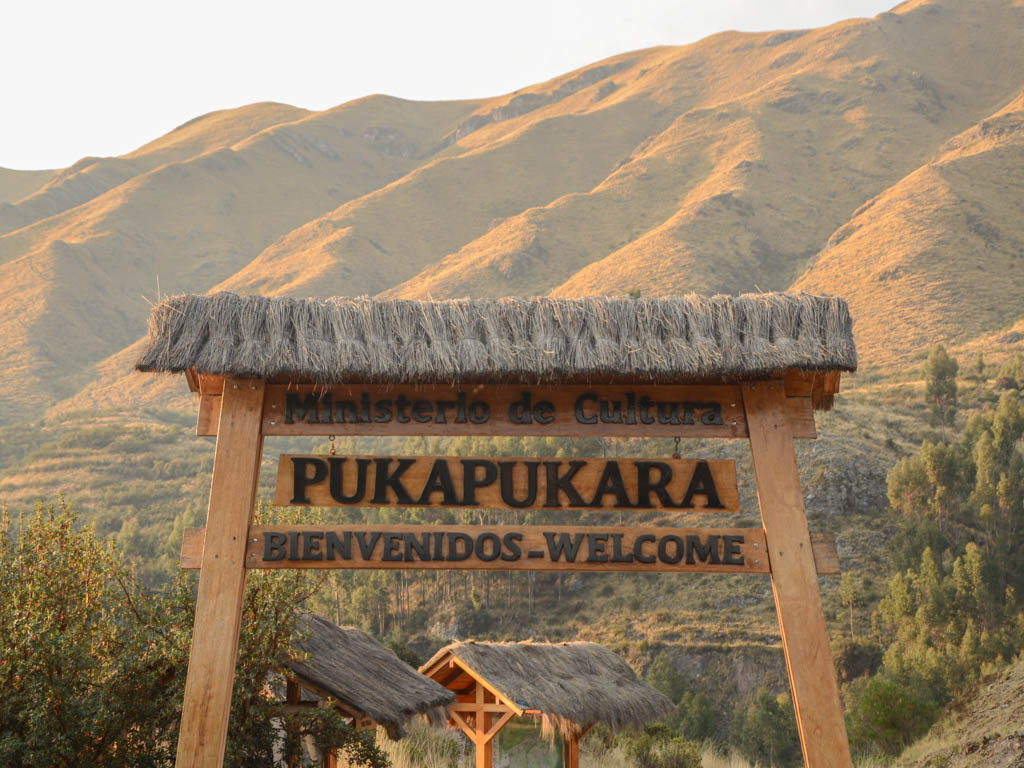
Awanacancha Textile Center
Most animals from the camelid family, like llamas, alpacas, vicuñas, and guanacos constitute the traditional textile industry of Peru. The wool produced from the fur of these animals is used to create fashionable woolen garments.
Awanacancha Textile Center is a private project that aims to preserve this traditional industry and in the process, employs local communities enabling them to earn livelihoods. Animal-based fashion may be a debatable topic, but this artisanal industry in Peru does create an opportunity of employment for locals.
At Awanacancha, you can get to meet the different species of camelids. However, we were more interested in observing the textile making processes. Various women were busy at work weaving colorful textile using methods that have been passed on to them for generations.
Awanacancha is located on the way from Cusco to Sacred Valley.


Ccochahuasi Animal Sanctuary
Contributed by: Michelle Moyer of Moyer Memoirs. You can also find here on Facebook.
Ccochahuasi Animal Sanctuary is a family-run sanctuary that focusses on rescuing animals from mistreatment and providing a resource for teaching conservation of biodiversity and the protection of endangered species.
The sanctuary is located a short drive on the route from Cusco to Pisac at Km 22. The donation to enter the sanctuary is 15 soles per person (or 3 USD) in cash, which includes a guided tour.
On a tour of the animal sanctuary, visitors learn how the wildlife is maintained in captivity and then, if successfully rehabilitated, reunited with its natural habitat in Peru. The sanctuary aims to educate the youth so that ideals of responsibility for nature can be strengthened.
While on a tour, the sanctuary teaches visitors the differences between llamas and alpacas. Even more exciting is the opportunity to feed these animals. Plenty of greenery is provided by the sanctuary so that every opportunity to feed each of the camelids can be taken and, of course, photographed for your bucket list llama-feeding selfie.
Some of the animals usually kept onsite include Andean Condors, which are on the brink of extinction, so the sanctuary is working hard to ensure their survival. Most visitors can witness their magnificent flight as several are released overhead and glide to a large perch on the other side of the sanctuary.
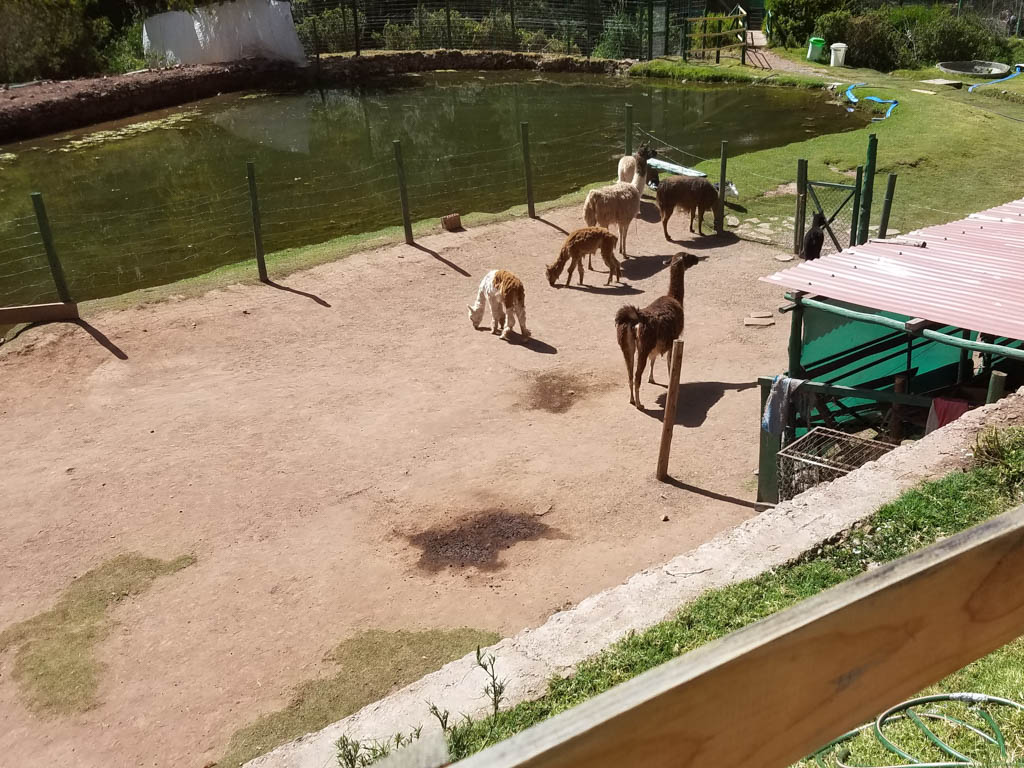
Breakfast at Cute Cafes
Cusco is filled with numerous cute cafes, both around the Plaza de Armas region as well as in San Blas. They seem to blend in perfectly with the charm of Cusco city.
Find yourself a spot by the window or at the balcony of one of those cafes. Gorge on a delicious breakfast as you absorb the warmth of morning sun rays mixed with the chill of mountain air.
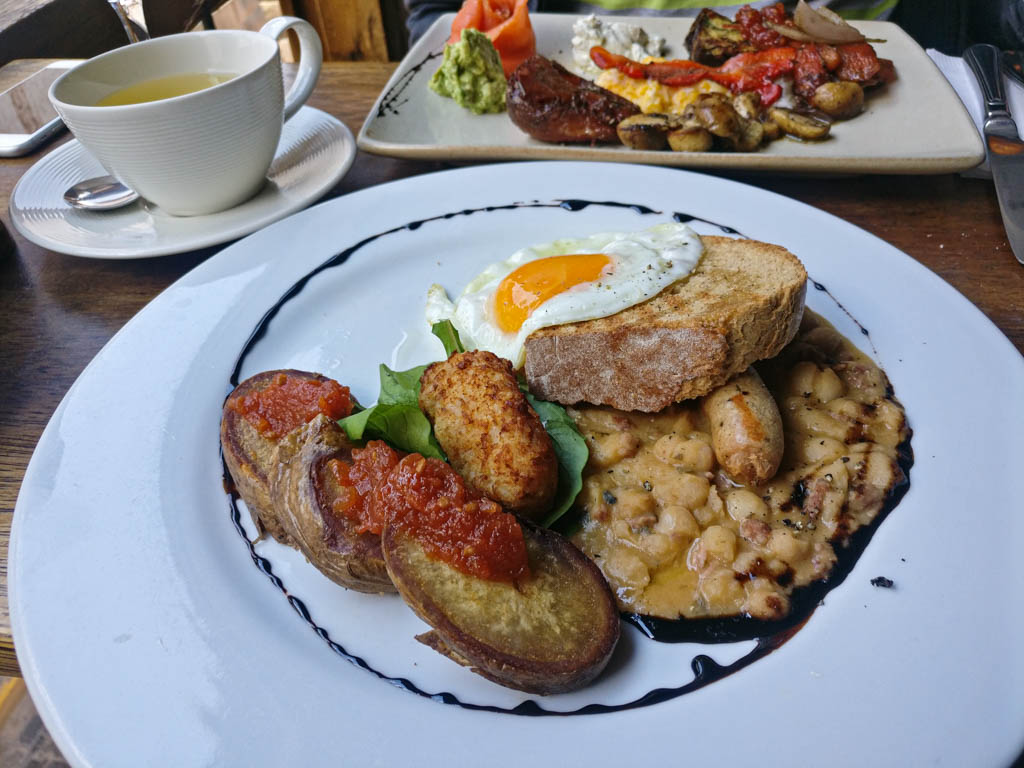
Try Andean Delicacies
Peruvian cuisine boasts of several must try dishes. Many of those specialties are delicacies from the Andean region. So, when you are in Cusco, dare to experiment with your lunch or dinner menu.
Are you comfortable to have on your plate cooked meat of animals you probably otherwise consider as cute? If yes, try out dishes with alpaca meat and guinea pig meat, and wash it down with a Pisco Sour.
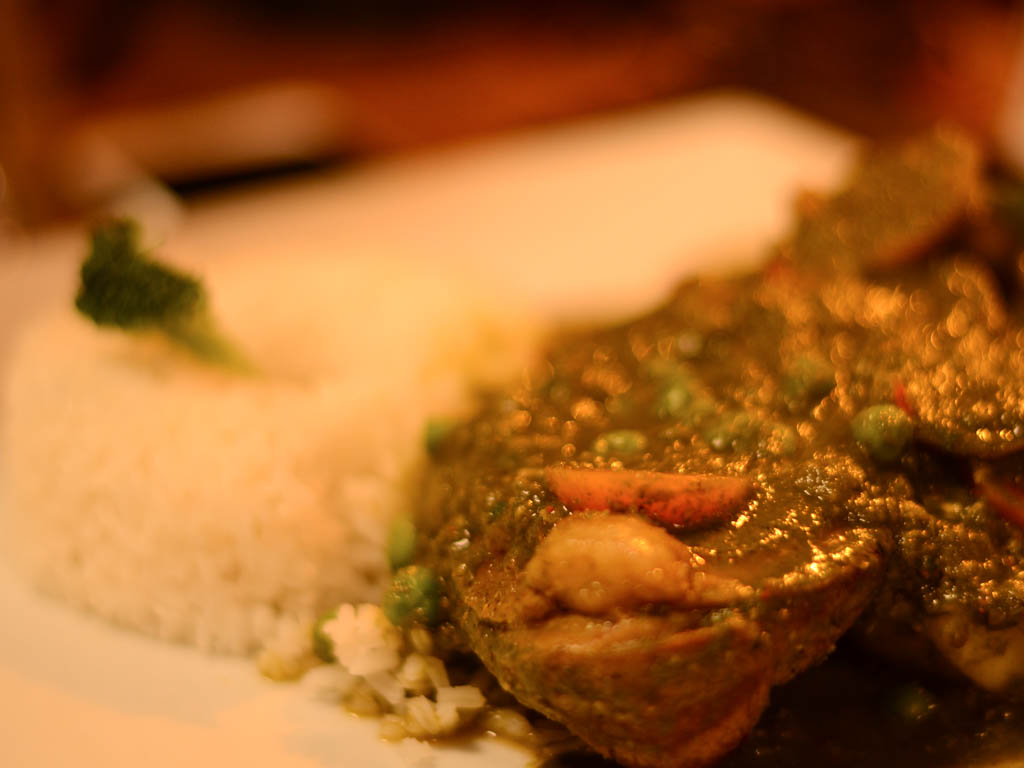
Eat at Tunupa Restaurant
While we are on the subject of food, another top thing to do in Cusco is to try a meal at Tunupa Restauraunt. Here you will experience a complete culinary journey of Peruvian and other Latin American delights.
There are two branches of Tunupa Restaurant. One is in Cusco and the other one is in Urumbamba, about 1.5 hours’ drive away from Cusco.
Tunupa Restaurant in Cusco is located in the heart of the city, offering excellent views of the main plaza. However, we ate at the one in Urubamba. We enjoyed the views of the Urubamba river and the surrounding mountains while we relished the delicious buffet spread of Tunupa.
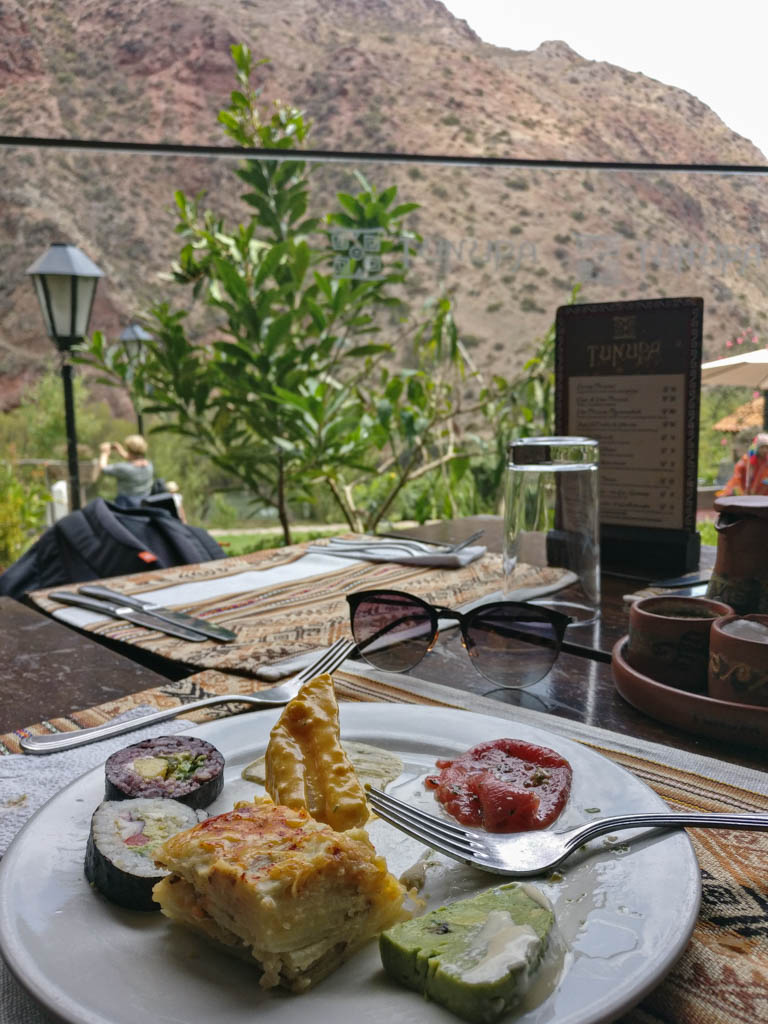
Plaza de Armas at Night
Due to the central location of Plaza de Armas, you are likely to visit or pass by this plaza multiple times during your stay in Cusco. Yet, we say, the night time vibe of this plaza deserves special mention.
As the sun goes down, the colonial buildings surrounding the Plaza de Armas get decked in a golden glow with all the warm lights. Little lights from the distant surrounding mountains seem to create a bokeh background.
Take a stroll in the plaza and observe life go by. Locals and tourists hang out at the Plaza de Armas in the evening. You will find people standing, walking or sitting at the benches. Many restaurant representatives also hang out here, with menu cards in hand, inviting you to dine at their respective restaurants for the night.
The warm tone of Plaza de Armas at night also complements the chilly mountain air of the night. So, grab your coat, enjoy the nip in the air while absorbing the views and then drop in to one of the restaurants for an appetizing dinner.
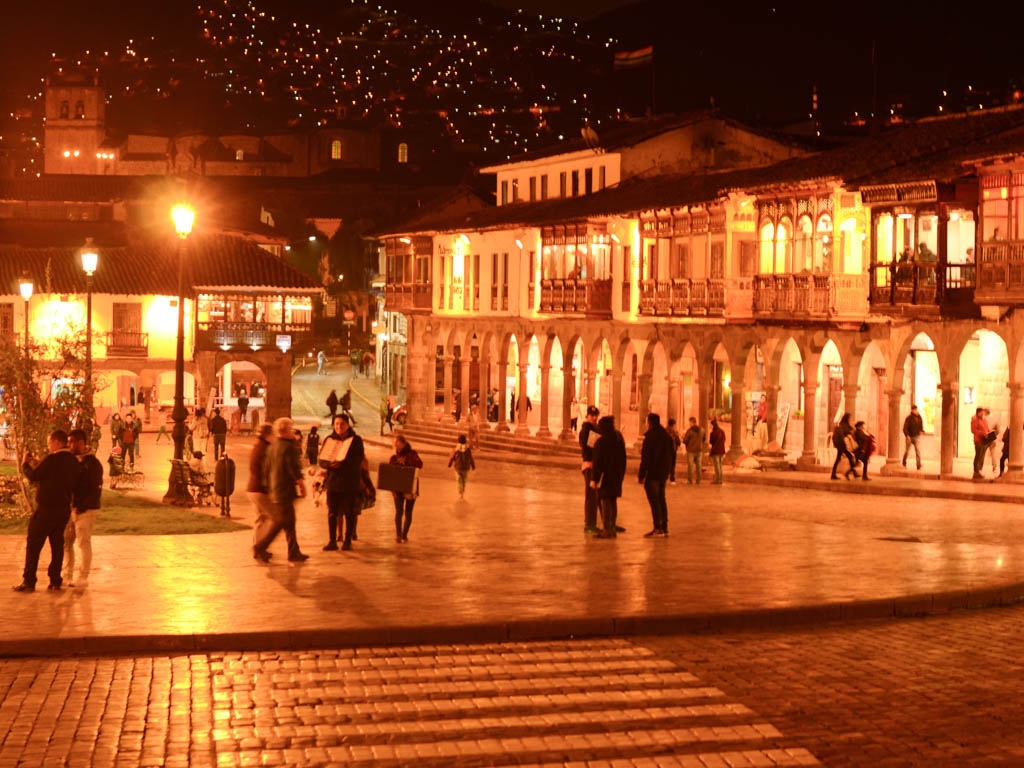
Rainbow Mountain
Contributed by: By Lindsey Puls of Have Clothes, Will Travel. You can also find here on Instagram.
Rainbow Mountain is also known as Ausangate Mountain or Vinicunca. It is a mountain near Cusco, Peru that is striped with magnificent colors ranging from turquoise to lavender to maroon and gold. It is incredible to see and a must-do for any Peru itinerary. There are many day trips that depart from the Cusco city center to hike Rainbow Mountain.
Technically, Rainbow Mountain is a very easy hike, it will take roughly 3 hours to complete round trip, moving at a very slow pace. However, while the hike itself is not so bad, the elevation is the tricky part. The trek itself starts at 4,326 meters above sea level (14,189 feet)! And you end up hiking to 5,020 meters (16,466 feet). That is why many visitors tend to experience some form of elevation sickness while doing this hike. Be sure to move at a very slow pace and continually sip water. Also, don’t be afraid to take many breaks while doing this hike.
Now, if you do get too tired, you can buy a horse ride from a local for a few soles. This will not necessarily help with your elevation sickness, but it does mean you will not have to walk anymore. Pushing through the elevation sickness is worth it to see those views though!
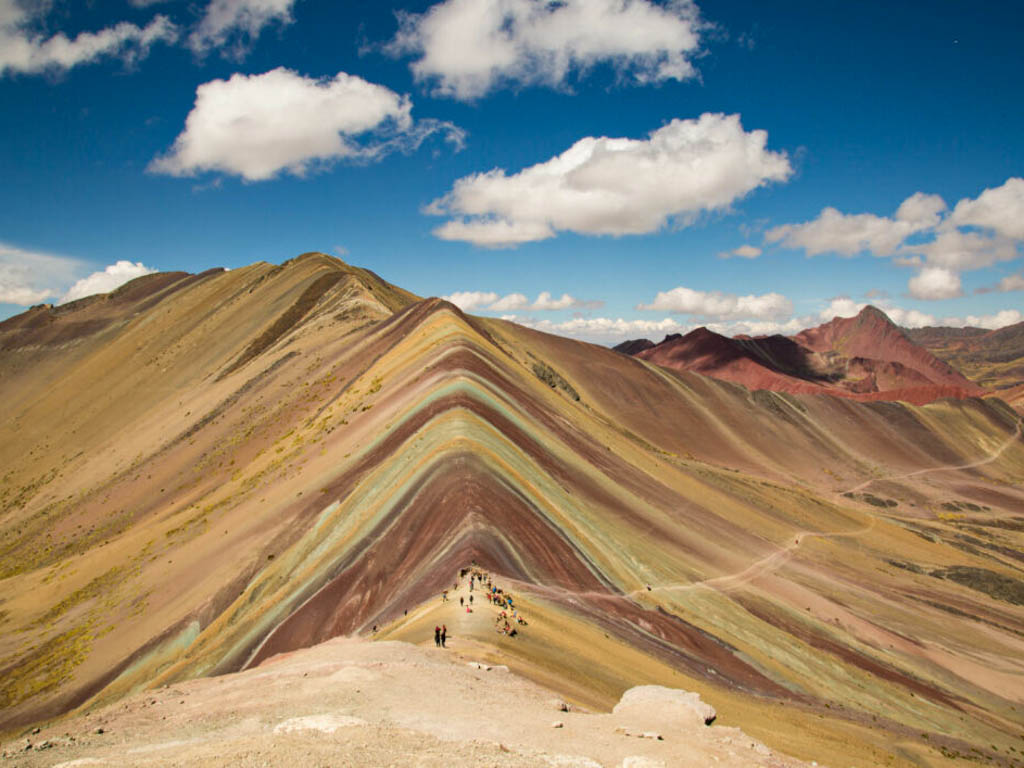
Pisac
Pisac, a small village in the Sacred Valley region, is home to another impressive Incan site. This makes it a must-do on your exploration of the Incan empire between Cusco and Machu Picchu.
The colonial town is itself a great place with the cobblestone streets and local markets (Sunday is the best and the busiest day). You can take a shared taxi or collectivo from Cusco in case you need a cheaper option than hiring a private taxi. It is around 20-25 miles from Cusco.
The Incan ruins are at a hilltop that can be hiked or reached by taxi from the Pisac town. The site has 2 major parts to see – agricultural terraces and the ruins of the buildings. The agricultural part has long step-like terraces running across the hills. The other parts have ceremonial places including a Sun temple and various remains of the living areas from the Incan times.
The Pisac town has good amount of options to stay and can work as base for exploring the Sacred Valley, particularly if you have more days in hand and prefer a quieter change from the bustling Cusco.
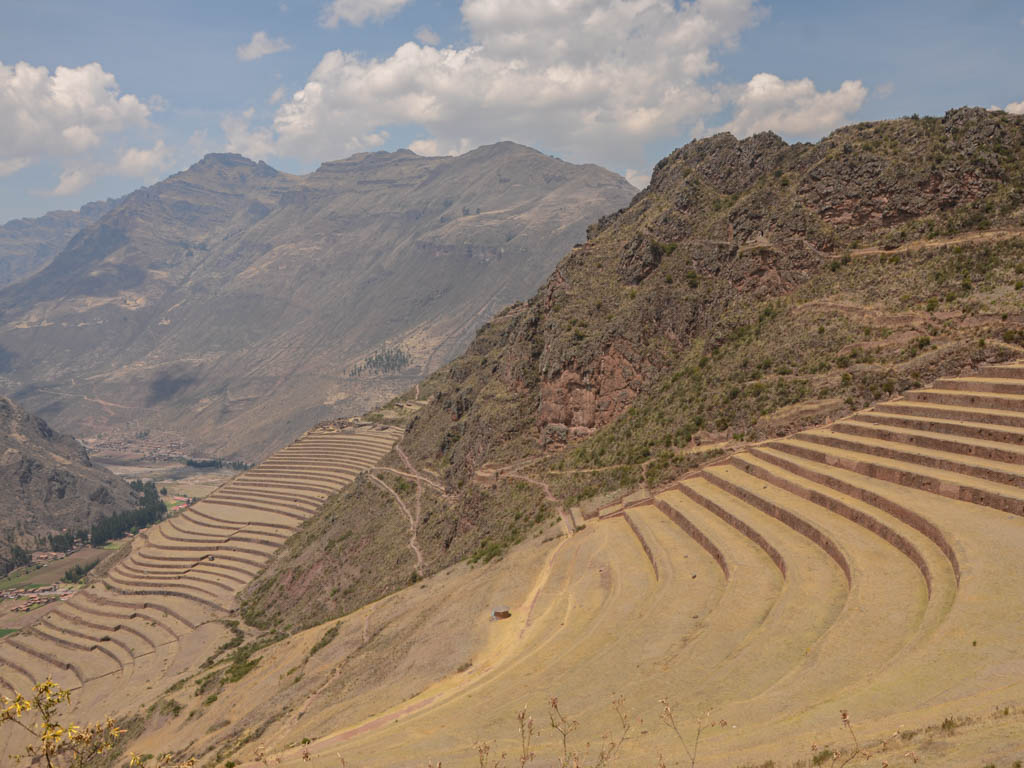
Ollantaytambo
Ollantaytambo is one of the most prominent destinations in Sacred Valley. This picturesque town in the Andes went through several phases of building and rebuilding, as different dynasties, including the Incas, established their settlements here.
Located midway between Cusco and Machu Picchu, Ollantaytambo is a must visit destination. The famous Inca Trail hike starts from Km 82, just outside this town. Even if you are not taking the hiking route to explore the Incan ruins, it is worth spending a couple of days in or near Ollantaytambo.
Ollantaytambo is interesting because the town is still inhabited by Incan descendents. Apart from the town, the key attractions here are the ruins of Ollantaytambo. The old fortress and its remains are fascinating as the architectural design seemed way progressive of its times. We found the Sun Temple and the stone carved face of Wiracocha on the other side of the fortress to be particularly interesting.
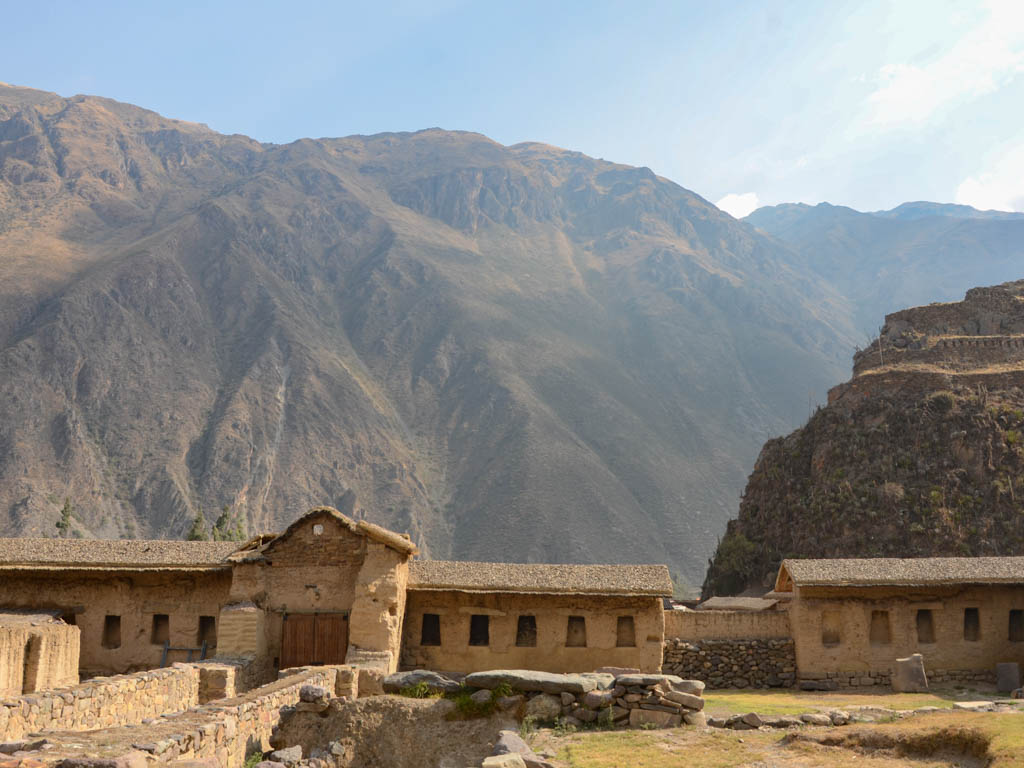
Maras Salt Mines
The astonishing view of the thousands of snowy white salt pools is something different from what you have been exploring in the Sacred Valley. The pools meant for collecting salt naturally after the water evaporates have been around for hundreds of years from the Incan period. Many of the salt ponds are still used by the local families. When you stand at the edge near the entrance, it looks like an unending field rolling down the hills disappearing in the distant Andes range.
This is another attraction in the Sacred valley region around 25 miles away from Cusco. The salt mines are connected to the highway connecting Cusco and Sacred Valley through a paved road. The best and the most flexible way is to hire a taxi or book a tour from Cusco to explore the entire region.
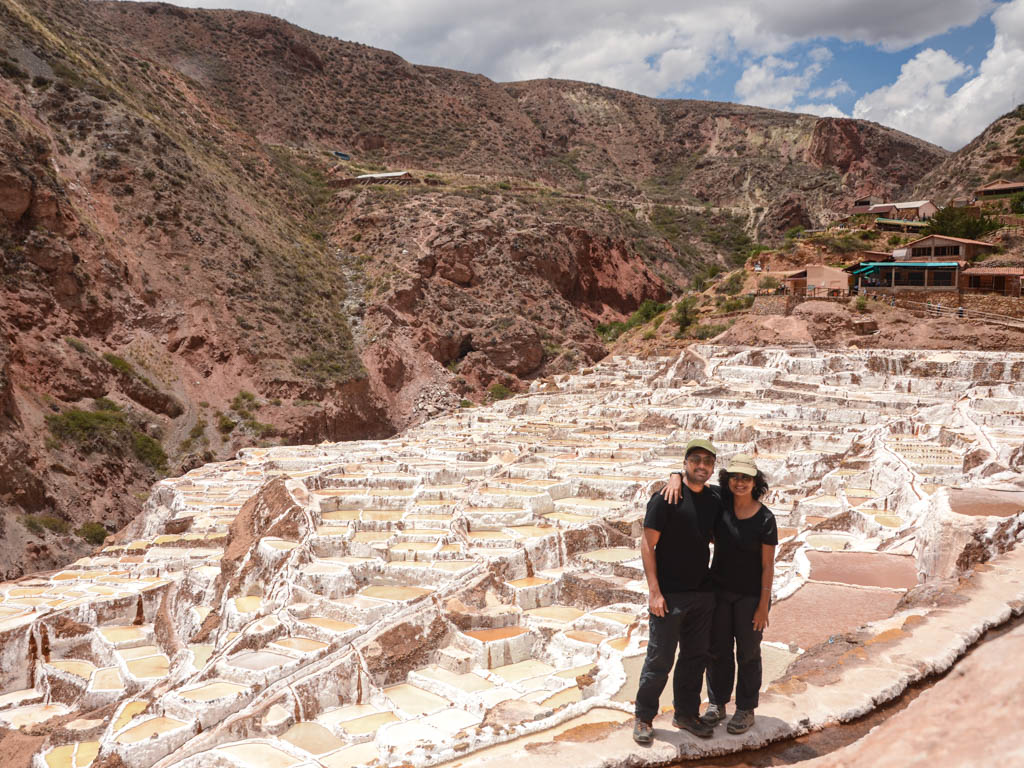
Moray
Moray is another Incan archaeological site within a short drive from Cusco. It consists of several spiralling terraces, which were most likely used for agricultural experiments by the Incans. The remains of the site are interesting to watch for the symmetrical terraces, with the Andean mountain range as the backdrop and desert-like vegetation.
It is believed that their experiments involved understanding the impact of different types of soils (some of which were obtained from other regions) and differing temperatures, hence micro-climates at different heights of the terraces on cultivation of crops.
The Moray site is close to Maras and can be easily combined as part of the Sacred Valley tour.
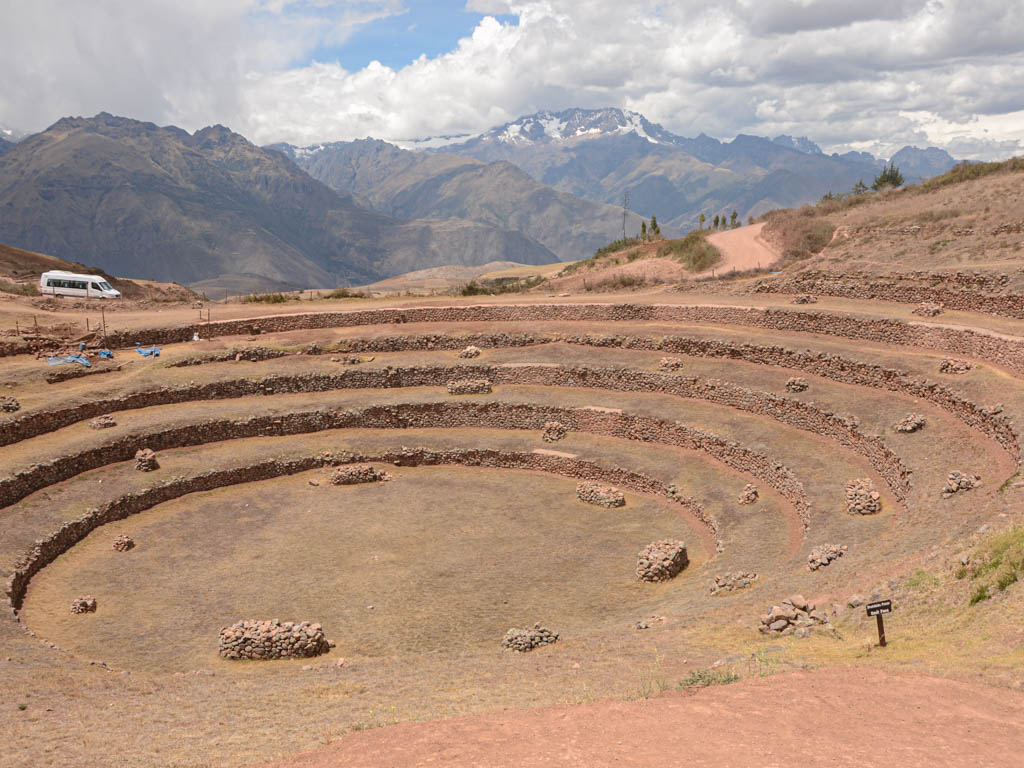
Chincheros Market Town
Chinchero, a quiet town in the Sacred Valley, boasts of the local markets particularly for the art of weaving. You will get to observe the local women in their traditional dresses while they work on the wools and bring the colorful fabrics alive. As a bonus, check out the colonial church and the ruins near this quaint market town.
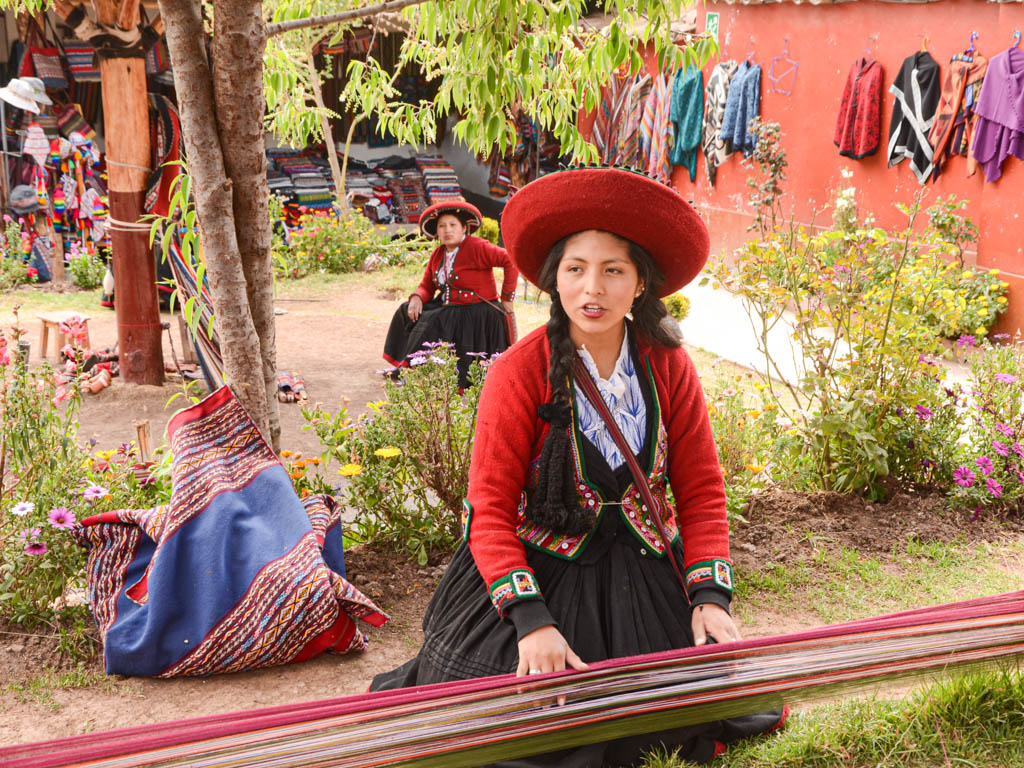
Souvenirs from Cusco
Cusco has hordes of souvenir shops scattered around the town. There are the usual mementos and magnets where you can look for the Incan symbols – condor, puma and snake, small llama idols and the site replicas. However, do not fill up your bags with everything Incan and keep some space for the Nazcan souvenirs as well, the other empire from Peru.
Apart from the regular souvenirs, you can look for the local handicrafts. The clothes, rugs and blankets made of alpaca wool are popular among the visitors. However, look for authentic stores as we discovered this local running joke ‘Baby Alpaca or Maybe Alpaca’ from our city guide who laughingly explained that some locals sell cheaper materials saying that they are alpaca clothes, although they are not.
Choquequirao Trek
Contributed by: Alya & Campbell of Stingy Nomads. You can also find them on Instagram.
Choquequirao trek is one of the most amazing things to do in Cusco. The trek leads to the impressive Choquequirao ruins that are called the little sister of Machu Picchu. The route starts at the small village of Cachora, about 160 km from Cusco. It is easy to get to the trail head by bus from Cusco. Choquequirao is a 58 km return trek that takes between 3 and 4 days to complete.
The route goes through a stunning canyon, tiny local villages, and lush jungles all the way to the Inca ruins. The ruins are massive, they consist of two levels; the lower ruins that are mostly stone terraces and the upper ruins with house-like structures that were built by the Incas in the Machu Picchu technique. There are several look-out points at the ruins and at the campsite with breathtaking views over the mountains and the canyon. Besides the ruins, the trail offers a great possibility to observe local wildlife such as condors, eagles, hummingbirds, alpacas, viscachas and more.
Choquequirao trek can be done independently, with a guide, or in a group. The dry season is the best time for doing the trek. The ruins are open daily from 8:00 am to 4:00 pm. The admission fee to the ruins is 18 USD per person.
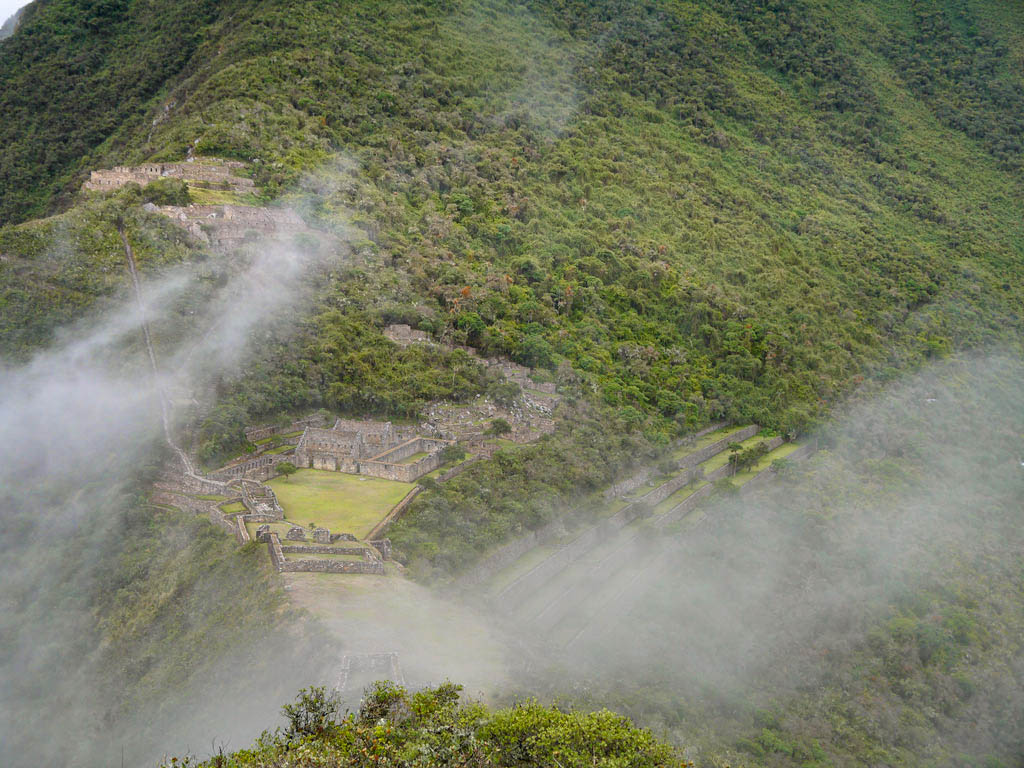
Inca Trail Hike
Contributed by: Daniel and Ilona of Top Travel Sights. You can also find them on Facebook.
Hiking the Inca Trail is one of the best things to do in Peru, and Cusco is the perfect base for the trek.
You start your hike at a place called Kilometre 82, which is precisely 82 kilometres along the train tracks from Cusco. From here, you will walk for three full days before reaching Machu Picchu on day four.
Along the way, you will come past Inca ruins, cross mountain passes and the high-altitude rainforest as well as grassy plains. With a bit of luck, you will also see llamas and parrots along the way.
To protect the trail from the impact of tourism, only 500 people can hike here every day. While this might sound like a lot, keep in mind that 300 guides and porters work on the trail every day, which only leaves 200 permits for tourists. Therefore, you need to book your trip as soon as you know you are going, but at least 3 to 4 months in advance.
Expect to pay a minimum of 600 USD for your trek. This usually includes camping, all meals and transport to the start of the hike.
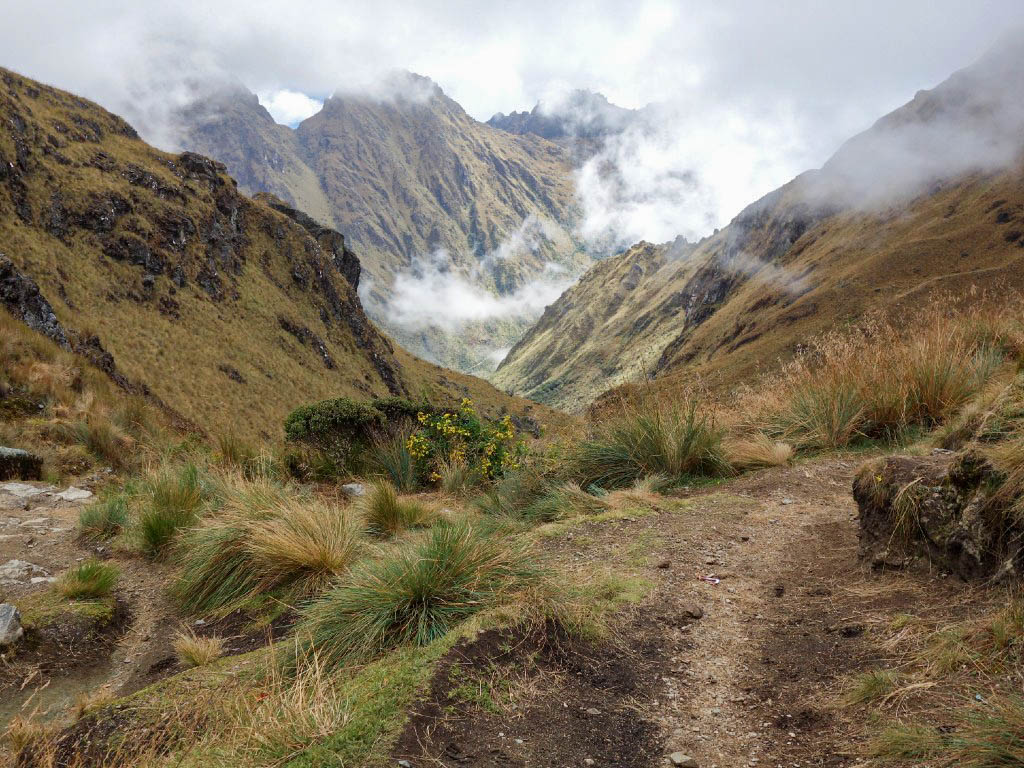
Vista Dome train to Aguas Calientes
Doing the Inca Trail is possibly the most exciting way of reaching Machu Picchu. But, in case you do not want to sign up for a multi-day mountain trek, you need not worry. You can still take Machu Pichhu off your bucket list.
For a more relaxed route to Machu Picchu, take the train to Aguas Calientes. For a few extra bucks, choose the Vista Dome option. With transparent ceiling windows, you get better views of the surrounding scenery during the train journey. Needless to say, do take a day time train so that you can actually enjoy the views of mountains and rivers through the windows.
If you would still like to get a taste of hiking the Incan steps, include Huayna Picchu hike to your Machu Picchu itinerary.
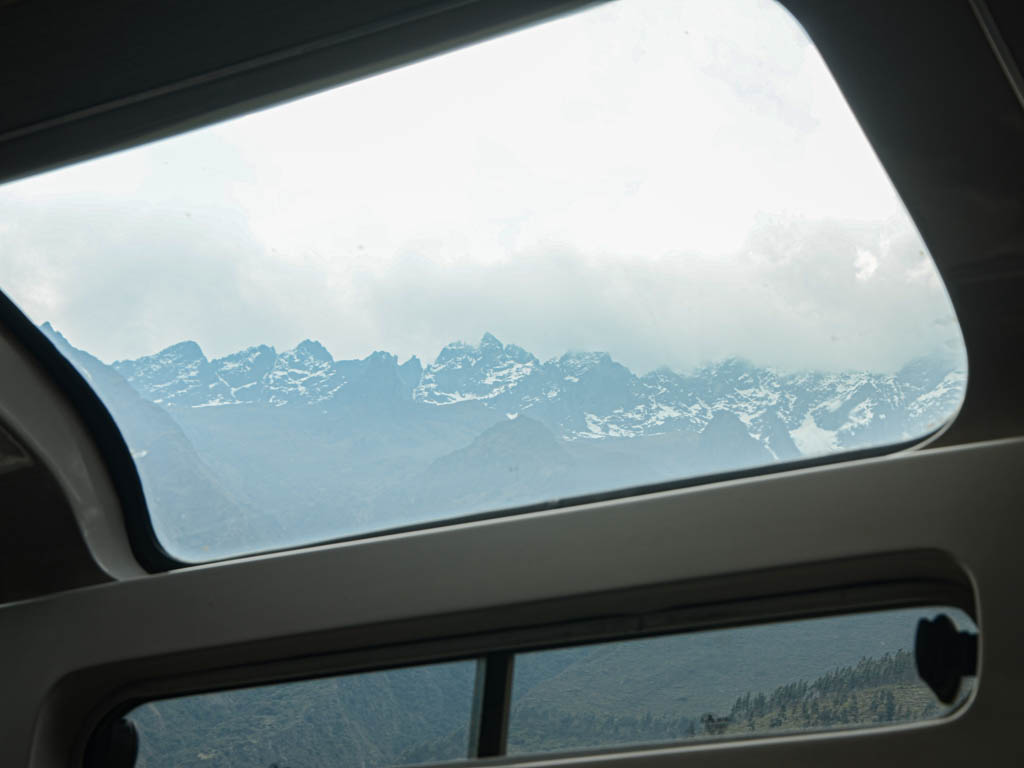
Admire the views of Cusco city
Sure, there are plenty of things to do in Cusco – like the tours you can take, the sites you can visit and the food you can sample. But, how about doing something that fills your soul and also happens to be free? We say, take the time to admire the views of Cusco city.
The combination of Spanish colonial architecture and the human settlements on the slopes of surrounding Andean mountains creates for a stunning look of Cusco city. From your hotel window or from the balcony cafe, while walking on the street or while sitting on the park bench, you will continuously be exposed to different perspectives of the city views. Enjoy each!
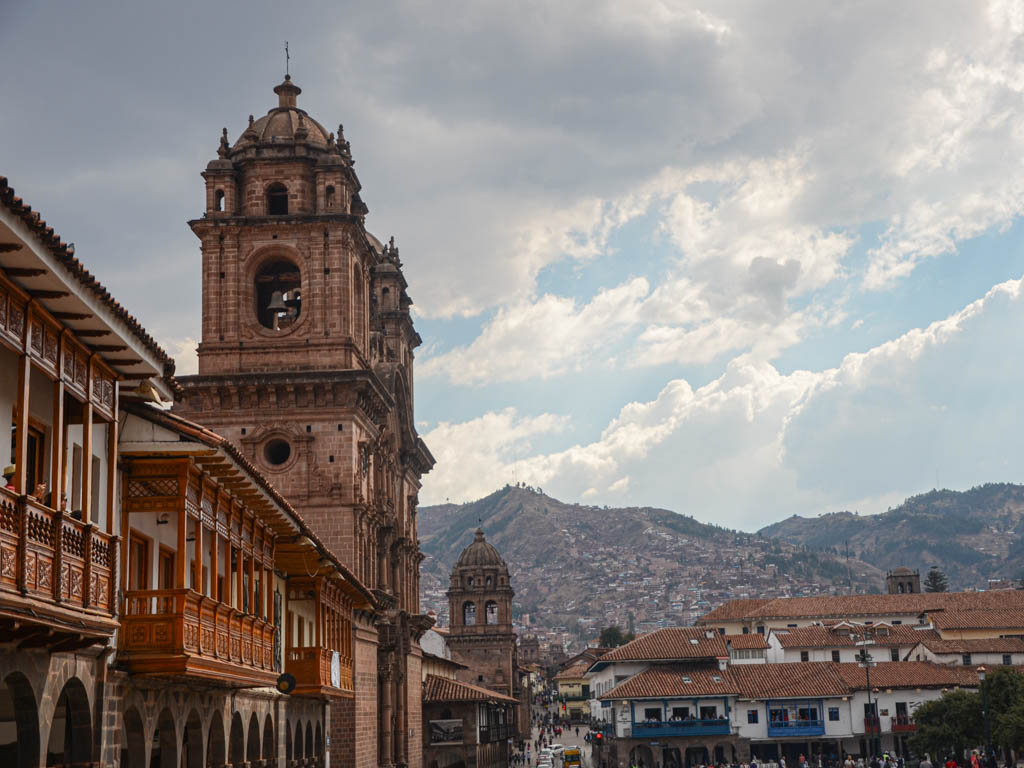
How to reach Cusco
Cusco is well connected with the rest of Peru as well as other countries. Alejandro Velasco Astete International Airport serves both domestic and international airlines.
If you want to explore Peru by road, but not necessarily take the strain of driving, check out Peru Hop. It is a network of buses connecting various destinations in Peru, including Cusco, with the option of hop on hop off. So, once you are in Peru, you can actually custom create your Peru itinerary by choosing destinations from the Peru Hop Bus Pass routes.
Final Thoughts on Cusco, Peru
Although Cusco serves as the gateway to Machu Picchu, the city deserves your attention by its own right as well. With plenty of sights to see, interesting food to sample and a rich culture to absorb, you will never run out of things to do in Cusco.
To completely soak up all that Cusco has to offer, do not just use this destination as a launch pad for other trips. Instead, spend a few days exploring the narrow alleys and cobblestone streets and get lost in the charm of this city that the Incas once used to call their capital.
Like the post? Pin it!


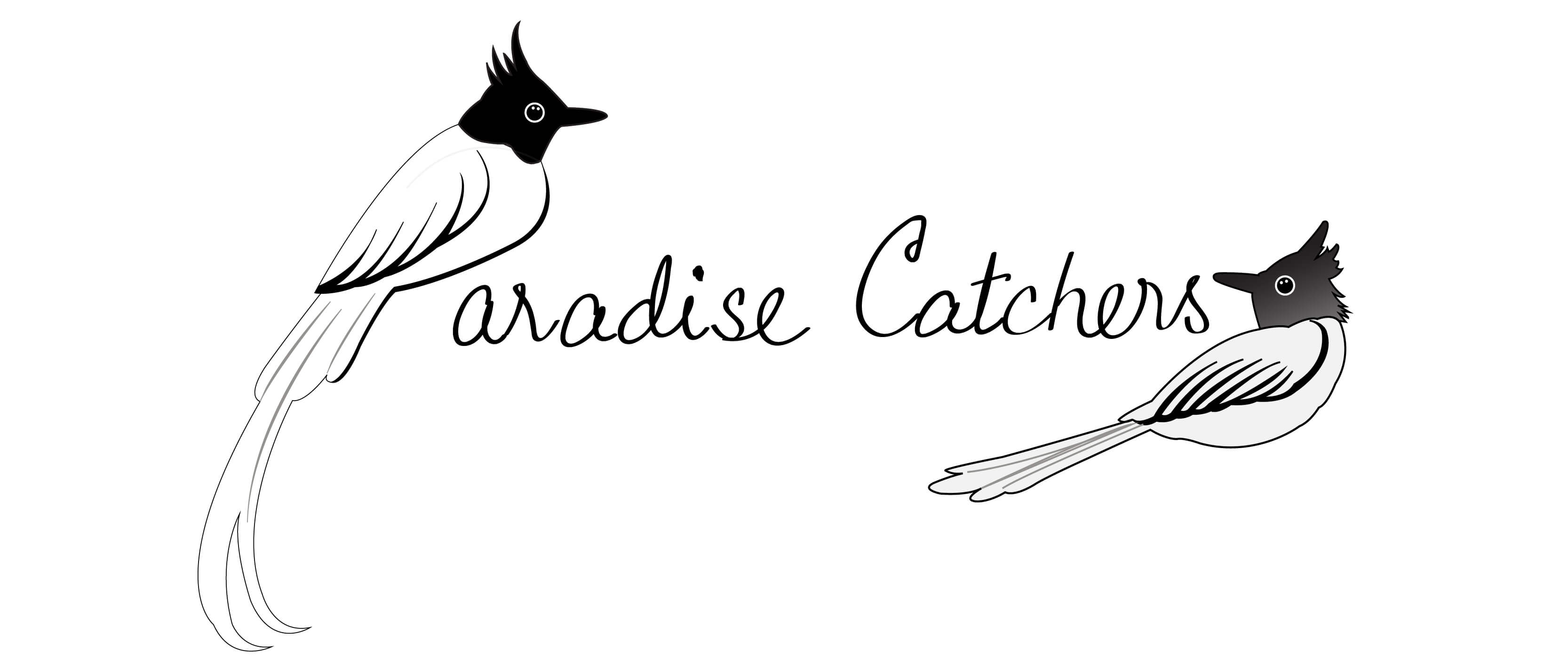
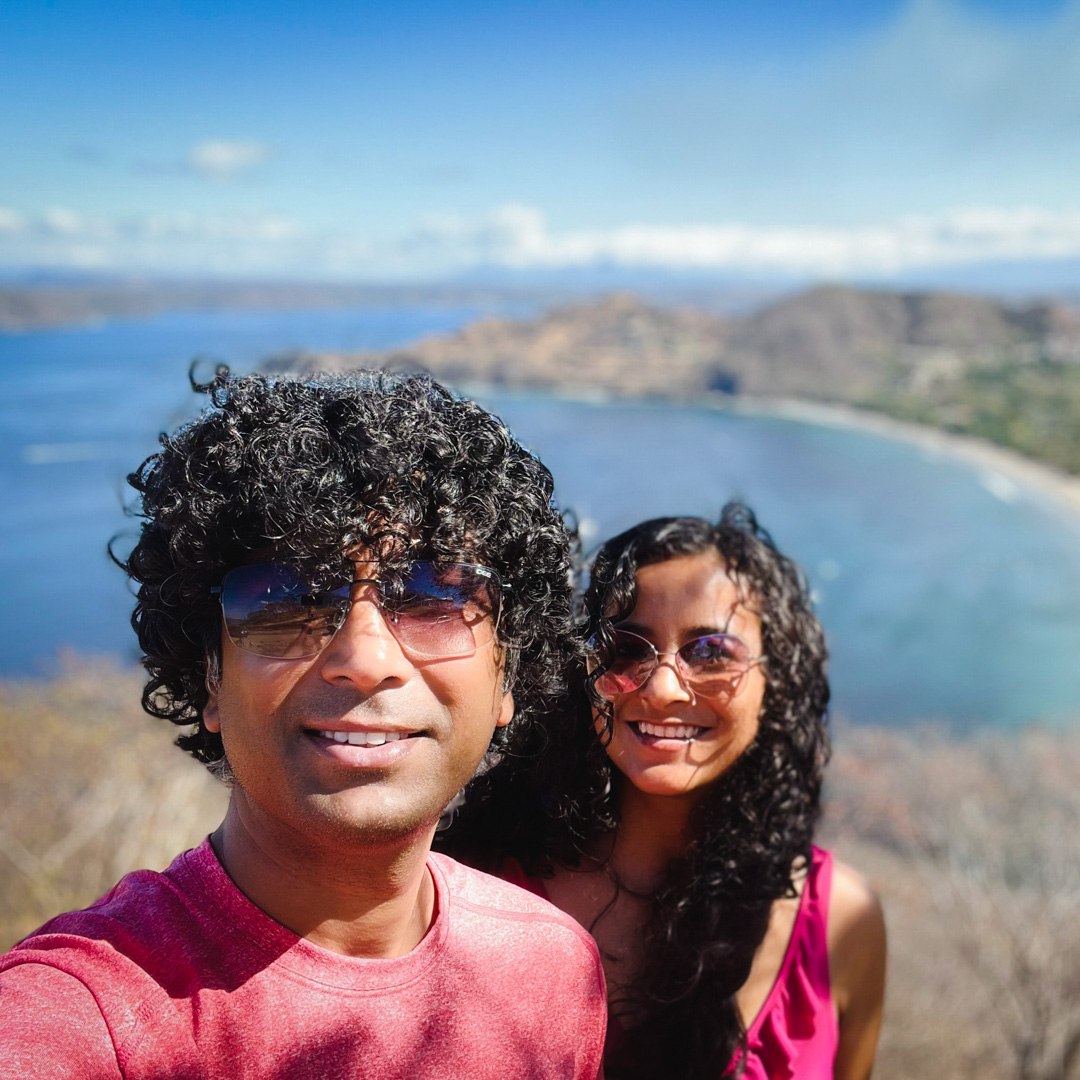
Ahh, be still my heart. Cusco is one of my favorite cities in the world and this is such a great round-up. Thanks for including me. ?
Sure! Thanks Megs.